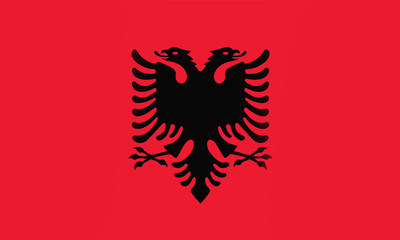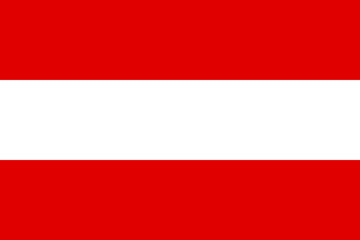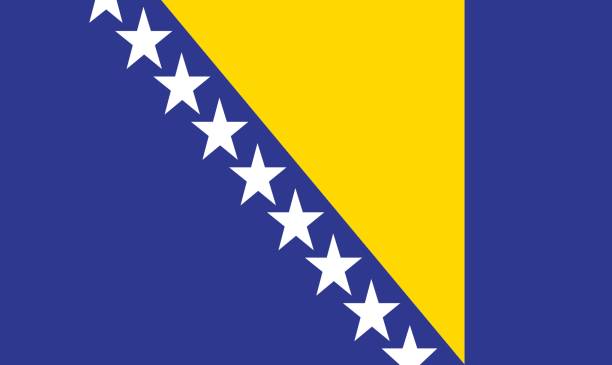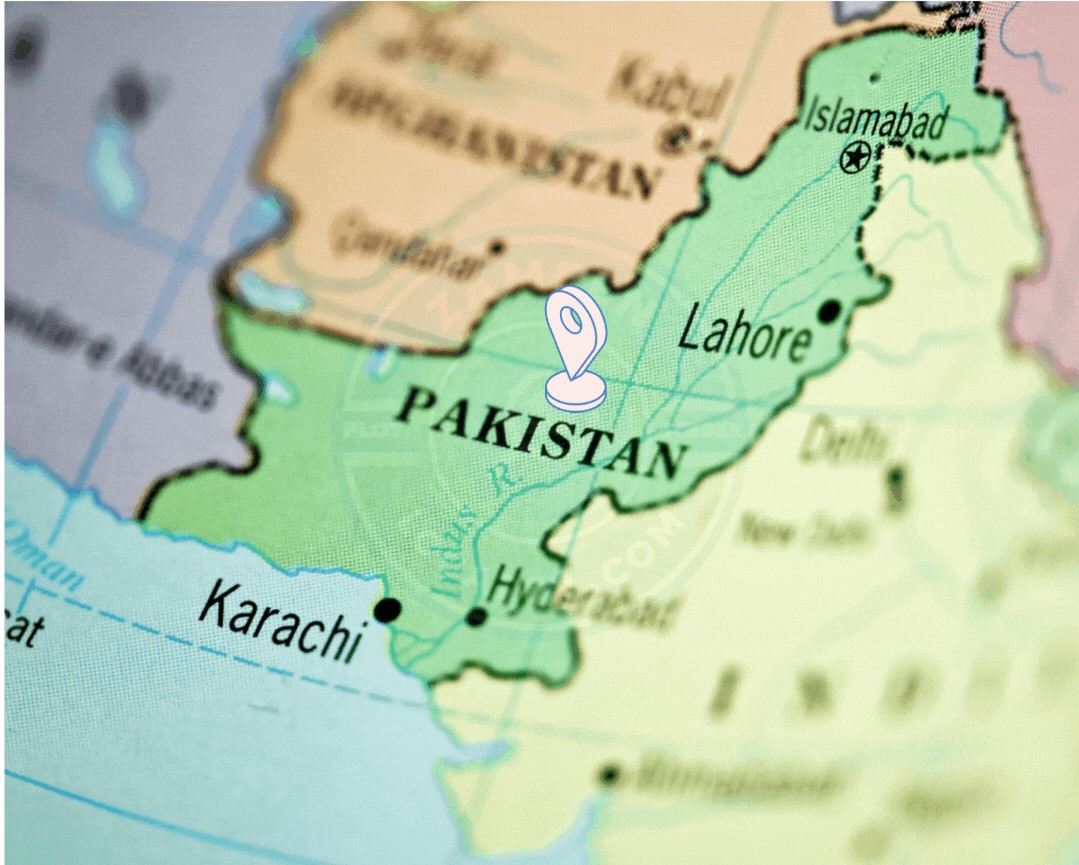Exploring ALBANIA History, Map, And Population
ALBANIA

| Region | SOUTHERN EUROPE |
| Capital | TIRANA |
| Population | 2.812 MILLION |
History
- The country achieved independence in 1912 and was admitted into the League of Nations in 1920. It was briefly a republic (1925–28), then became a monarchy under Zog I, whose initial alliance with Italy deteriorated into that country's invasion of Albania in 1939.
- Albania, located in Southeastern Europe on the Balkan Peninsula, has a complex and varied history that spans millennia. Here is a brief overview without plagiarism or copyright infringement.
- 1. Illyrians and Antiquity:
- The earliest known inhabitants of the region were the Illyrians, an ancient Indo-European people. They established several tribal kingdoms and city-states in what is now Albania.
- In the 4th century BC, parts of Albania came under the influence of the Macedonian Empire under Alexander the Great.
- 2. Roman and Byzantine Period:
- The Roman Republic and later the Roman Empire gradually expanded into Illyrian territories, bringing them under Roman control by the 2nd century BC.
- With the division of the Roman Empire, the Eastern Roman (Byzantine) Empire had a lasting influence on the region. The Byzantines controlled parts of modern-day Albania until the arrival of the Ottoman Turks.
- 3. Ottoman Rule:
- Albania came under Ottoman rule in the late 14th century after the Battle of Savra. The Ottoman Empire dominated the region for several centuries.
- The Albanians, led by figures like Gjergj Kastrioti Skanderbeg, resisted Ottoman rule in the 15th century but were ultimately subdued. Skanderbeg is a national hero in Albanian history for his efforts to defend the region against the Ottomans.
- 4. National Awakening:
- The 19th century saw a resurgence of Albanian nationalism an







